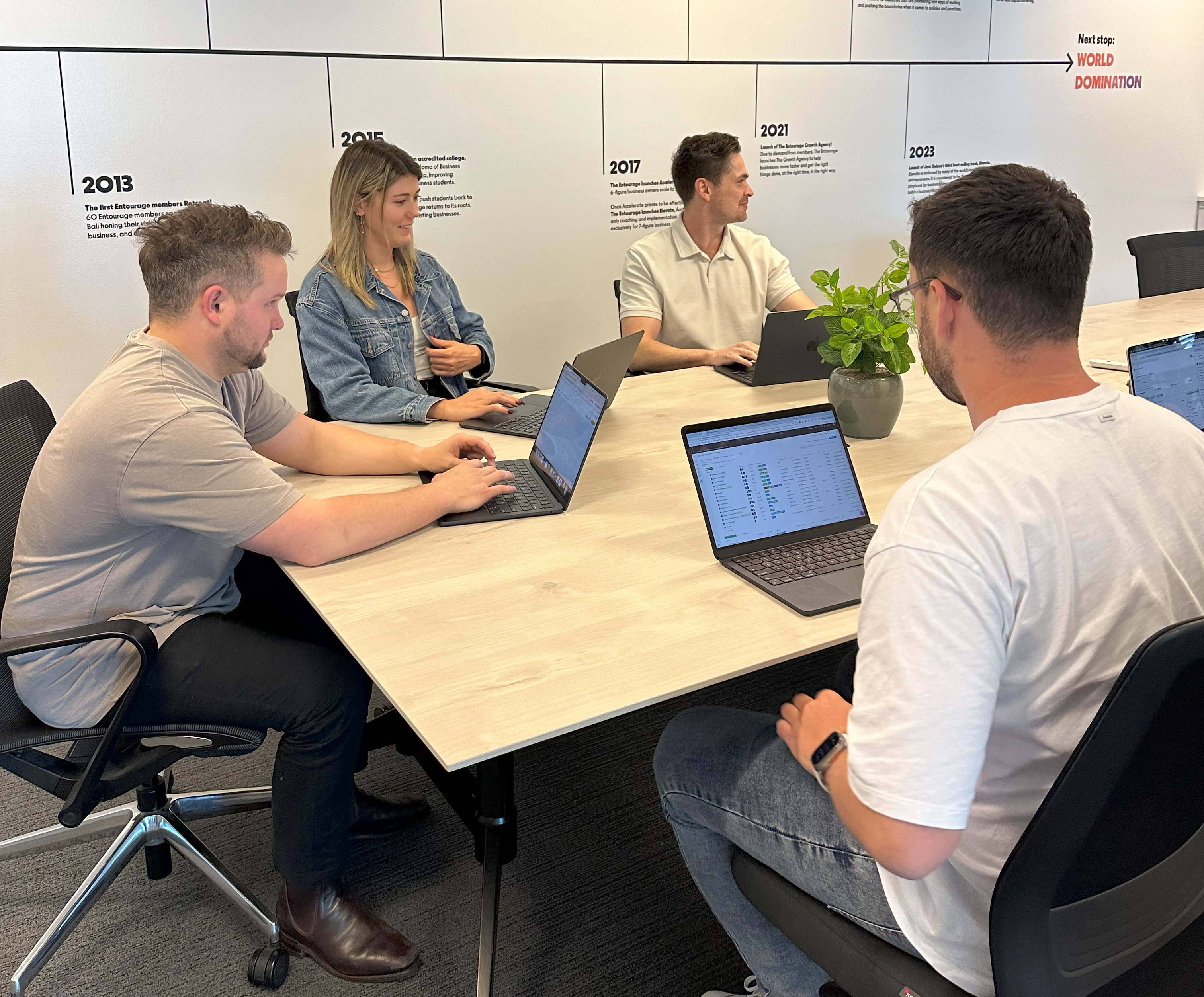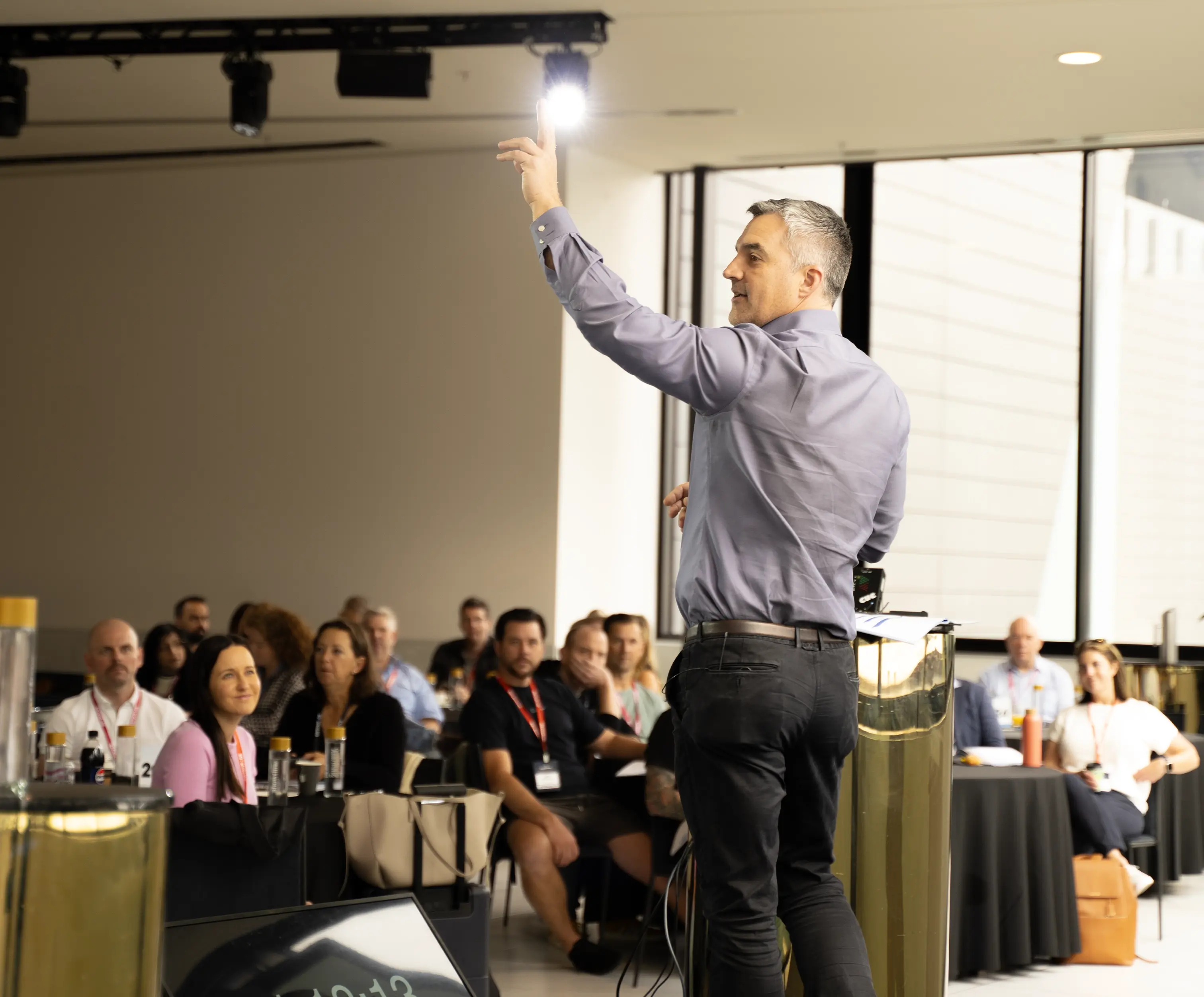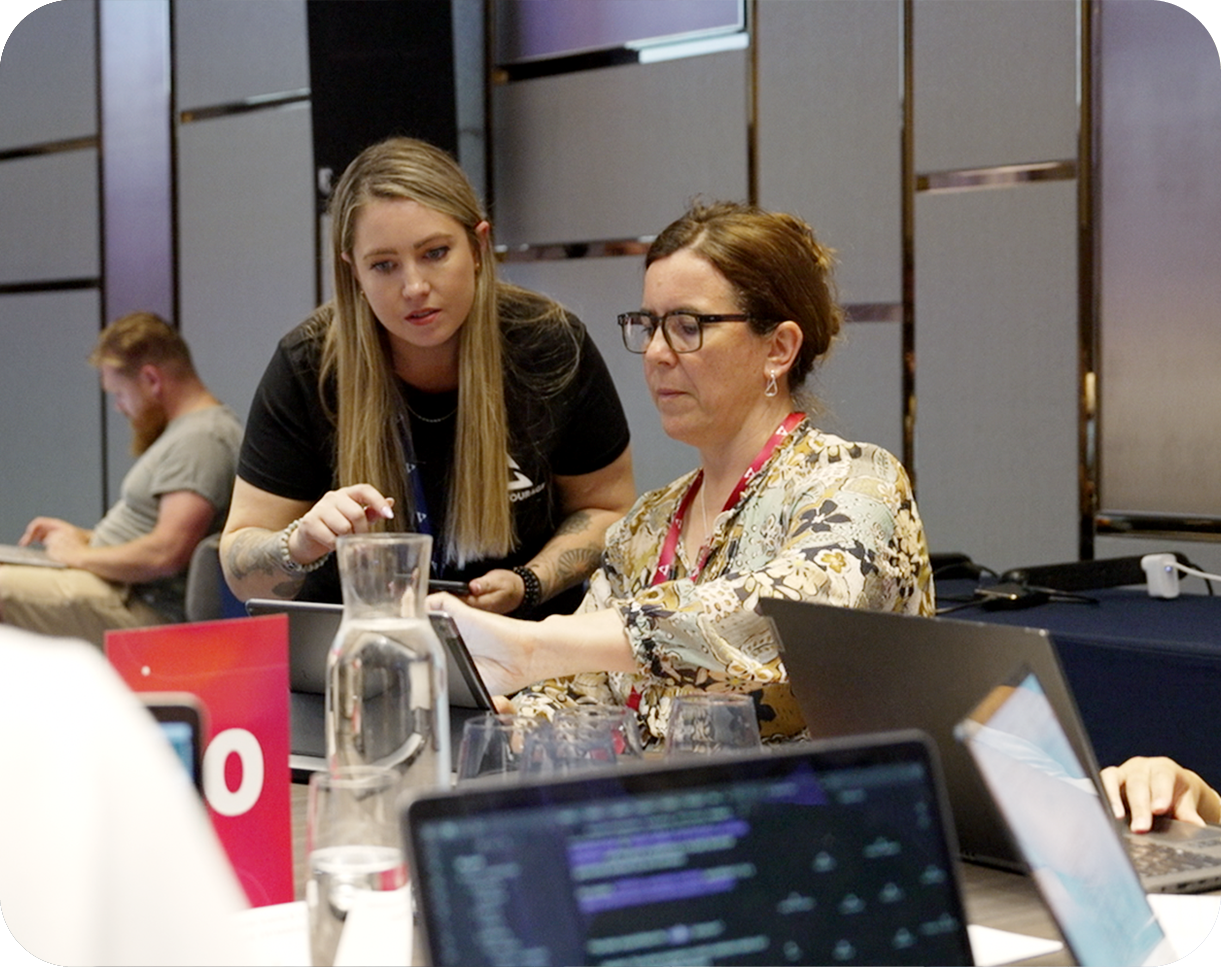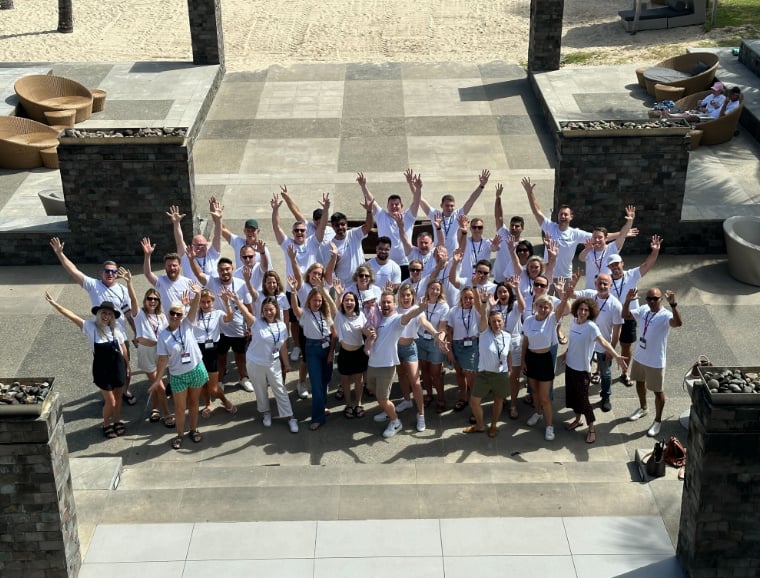For small to medium-sized businesses, or SMEs, sustainability is critically important – not only as an ethical decision but also as a vital strategic driver for the long-term viability of your company and its operating practices. The numerous pressures placed on SMEs can sometimes obscure the importance of sustainability issues, yet taken as a whole, their impact can be significant in more ways than just meeting regulatory compliance requirements.
The good news is that creating a sustainability budget as an SME can be easier than you may imagine. Here are some basic yet comprehensive tips for creating a comprehensive sustainability budget for your small to medium-sized business.
Conduct a Sustainability Audit
In creating a sustainability budget, you will inevitably need to conduct a sustainability audit. A preemptive sustainability audit is a proactive evaluation that could help you identify major sustainability concerns in your business, such as environmental and societal impacts, estimated emissions, waste production, supply chain inefficiencies, and energy consumption expenditures. This can be quite complex, so one less overwhelming way to get the ball rolling is to focus on your ‘easy wins’ first.
Correcting leaking taps, computers left on standby all night, and the usage of outdated incandescent lightbulbs might all be considered easy wins in boosting the sustainability of your small business. Similarly, if your business was an early adopter of renewable energy, it may even be time to upgrade your system or even least invest in solar panel or solar inverter repair to ensure your photovoltaic system is working optimally.
Little things like these can easily add up over time without being detected. This is why a formal sustainability or environmental audit is always guaranteed to be the strongest method for kickstarting your eco budgeting. The more areas for improvement and potential risk factors you identify, the easier it’ll be to define your budget later on and take surefooted, quantifiable actions over the long term.
Employ Easy-to-Use Software Tools
One easy way to help create and keep track of your new sustainability budget is by employing free, easy-to-use software such as management tools. You’ll often find that a spreadsheet is the quickest, least expensive, and most adaptable tool for the majority of SMEs starting their sustainability journey.
One example is using Microsoft Excel or Google Sheets to track your water usage. Your monthly spending tracking sheet would begin with a new section that includes columns for the month, the total cost of your water bill, and a new column for water usage, which you would get straight from your utility bill. After monitoring this for some time, you may decide to install new low-flow aerators on all faucets for a small one-time cost.
If your business is also utilising centralised management software that communicates with IIoT devices, then you may even opt to invest in physical water and electricity monitors to get real-time stats on your company’s resource consumption rates. This can be a great way to make confident micro-changes to your resource consumption habits, finding small, easy-to-maintain strategies for curbing waste on a daily basis.
Invest in Sustainability Expenditure
Following on from your preemptive audit and actioning upon sustainability quick wins and effective victories, you can begin to formulate bigger strategies for gaining even greater financial control in your SME. You may now want to consider implementing higher return-on-investment (ROI) initiatives that are medium cost but offer more long-term savings.
This could look like switching to green energy, improving insulation, and upgrading to LED lighting. Although items such as these require an initial investment of some consequence, you can expect equally significant savings in running costs for your business over the long term. So be sure to consider ROI with every sustainability investment you make – from LED lightbulbs to a new solar inverter, to water/electricity monitors, and everything in between.
Implement Existing Accounting Software
To incorporate all of your sustainability costs and initiatives into one comprehensive budget, you can make use of your existing software for general financial accounting, such as QuickBooks and Xero. A big benefit here is that these programs can even seamlessly integrate with your business accounts to instantly track and measure expenditure. Additionally, you can make use of dedicated tracking or tagging features in your accounting programs to label specific costs.
Here’s a great example of how you can use your standard bookkeeping software to track financial losses relating to business waste. Rather than combining all of your utility and disposal bills into a single overhead account, you could make distinct labels, or tags, in your software. This might look like your ‘garbage payment’ and your ‘recycling revenue’.
Say you spend a nominal fee on basic equipment to flatten your cardboard boxes, after which your recycling centre lowers your rubbish hauling costs considerably (due to less volume). It also pays you more for the neatly baled cardboard (more convenience). Inputting this data into the respective tags in your system will show both your savings and additional revenue, proving quantifiably that your step towards greener practices was a wise financial choice.
Recapping key developments, such as the one above, and their impact on your business progress can be implemented into a 12-month roadmap to keep track of where you are and where you need to be. In terms of enhancing sustainability, and especially in regard to the financial aspect of this, putting together a long-term strategy can provide you and your company with the direction and clarity it really needs.
Think Long-Term with Green Products, Services, & Supply Chains
Your sustainability budget isn’t static, and it will expand and contract to reflect your green priorities. You’ll find that implementing longer-term sustainability initiatives will include an added focus on profitability (to ensure financial sustainability). This is why many enterprises seek to create new eco-friendly goods and services to continue driving a strong ROI behind their sustainability investments – plus to maintain a strong, green reputation.
This consistency in eco values extends to supporting your company’s eligibility to receive government grants, subsidies, tax incentives and green loans. For instance, you might look into purchasing electrical vehicles that come with a rebate or think about investing in approved green projects. This further augments your position as a leader amongst sustainable SMEs, telling a compelling story about the ethics of your business in a crowded market.
Long-term strategic (high cost, high strategic impact) initiatives might look like installing solar panels, establishing thorough supply chain audits, or obtaining official sustainability certification like ISO 14001 Certification. Not only will these sorts of moves work toward ensuring environmental regulatory compliance, but they can easily engender loyalty in an increasingly eco-minded consumer demographic. They also strengthen your company’s positioning for any potential investors to further your bottom line.
Conclusion
For small and medium-sized businesses (SMEs), developing a sustainability budget is integral because it has the power to transform the concept of sustainability from an intangible expense into a strategic, monetizable asset. This invaluable document can be used to formally demonstrate your commitment to being an upstanding, eco-friendly enterprise.
Environmental compliance can be turned into a source of competitive advantage and long-term financial resilience. In this way, rather than merely functioning as a defensive tactic, sustainability can become your biggest ally and force behind corporate innovation.
Related Categories
Ryan Terrey
As Director of Marketing at The Entourage, Ryan Terrey is primarily focused on driving growth for companies through lead generation strategies. With a strong background in SEO/SEM, PPC and CRO from working in Sympli and InfoTrack, Ryan not only helps The Entourage brand grow and reach our target audience through campaigns that are creative, insightful and analytically driven, but also that of our 6, 7 and 8 figure members' audiences too.





